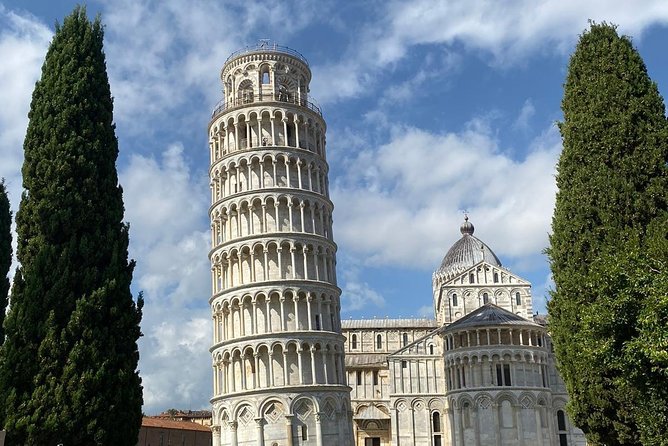
Kayak tour on the river Arno, Pisa (aperitif upon request)
Discover the Tuscany city of Pisa from an original viewpoint and take unique selfies from the river Arno! Let our guide tell the story of the river Arno and its relationship with the city of Pisa while sipping a glass of wine to live the true Italian lifestyle! Relax your mind and get away from the crowd by paddling on the river Arno! Difficulty level: easy, suitable for anyone including families and groups of friends. Our expert will teach you how to be independent on the kayak and all the safety instructions. Start the tour at the Canottieri Arno headquarters (Lungarno Bonaccorso da Padule, 2, 56122 Pisa, Tuscany, Italy). The suggested tour lasts 2hrs. Enjoy the view of the Benedettine Monastery, Cittadella Tower, Santa Maria della Spina Church, National Royal Palace, Lanfreducci Palace, Palazzo Blu, Agostini Palace, Praetorian Palace, Lanfranchi Palace, San Matteo Church, and Scotto Garden. End the tour at the Canottieri Arno headquarters.
Options
Pisa Kayak Tour (2h)
Duration: 1 hour 45 minutes
Kayak: Kayaks are single or two-seat canoes, stable and easy to maneuver
What's included in Kayak tour on the river Arno, Pisa (aperitif upon request)
(Subject to Option Inclusions)Itinerary
Ex Monastero delle BenedettinePass-by Only
Monastero delle Benedettine (Benedictine Monastery): built in 1393, it was home to the Benedictine nuns until the ‘60s. Currently, the Monastery hosts Italian and foreign students and teachers from the University of Pisa and a convention hall. The current Neo-Gothic facade dates from 1850.
Chiesa di Santa Maria della SpinaPass-by Only
Chiesa S. Maria della Spina: the Pisan Gothic small church of S. Maria della Spina was built in 1230 on the riverbed of the Arno. Starting from 1333, the church kept as a relic a thorn of the crown of Christ, now exhibited in the church of S. Chiara. In 1871, the building was completely dismantled and rebuilt at a higher altitude; on this occasion the church was raised by about one meter.
Palazzo AgostiniPass-by Only
Palazzo Agostini Venerosi della Seta (Agostini Palace): this palazzo was built between the late 14th century and early 15th centuries, but was only acquired by Mariano and Pietro Agostini, silk merchants, in 1496, who gave it its name. The façade, totally clad in Gothic terracotta mouldings, in the shapes of plants, human heads and heraldic designs, with double and triple mullioned windows, and the open loggia (later closed) on the top floor, make it one of the most important examples of domestic Gothic architecture in Tuscany. At street level is the Caffè dell’Ussero founded in 1775 (the palazzo is also known in Pisa as Palazzo dell’Ussero); it was the meeting place of famous scientists and erudite Italians and foreigners.
Inclusions
- Debrief on how to be independent and safe on the kayak; Kayaks and paddles; A safe place to leave your stuff; Safety equipment; Waterproof cases for smartphones
- Towel, soap, and shampoo if you want to shower at the end
- Aperitif on the kayak can be booked separately by contacting the tour administrator
- Public transportation options are available nearby
- Not recommended for travelers with spinal injuries
- Not recommended for travelers with poor cardiovascular health
- Suitable for all physical fitness levels
- People need to have a basic understanding of swimming techniques
Meet
Pickup and Dropoff
You will make your own way to the meeting points
Meeting / End Points
- The guide will wait for you in front of the green door.






